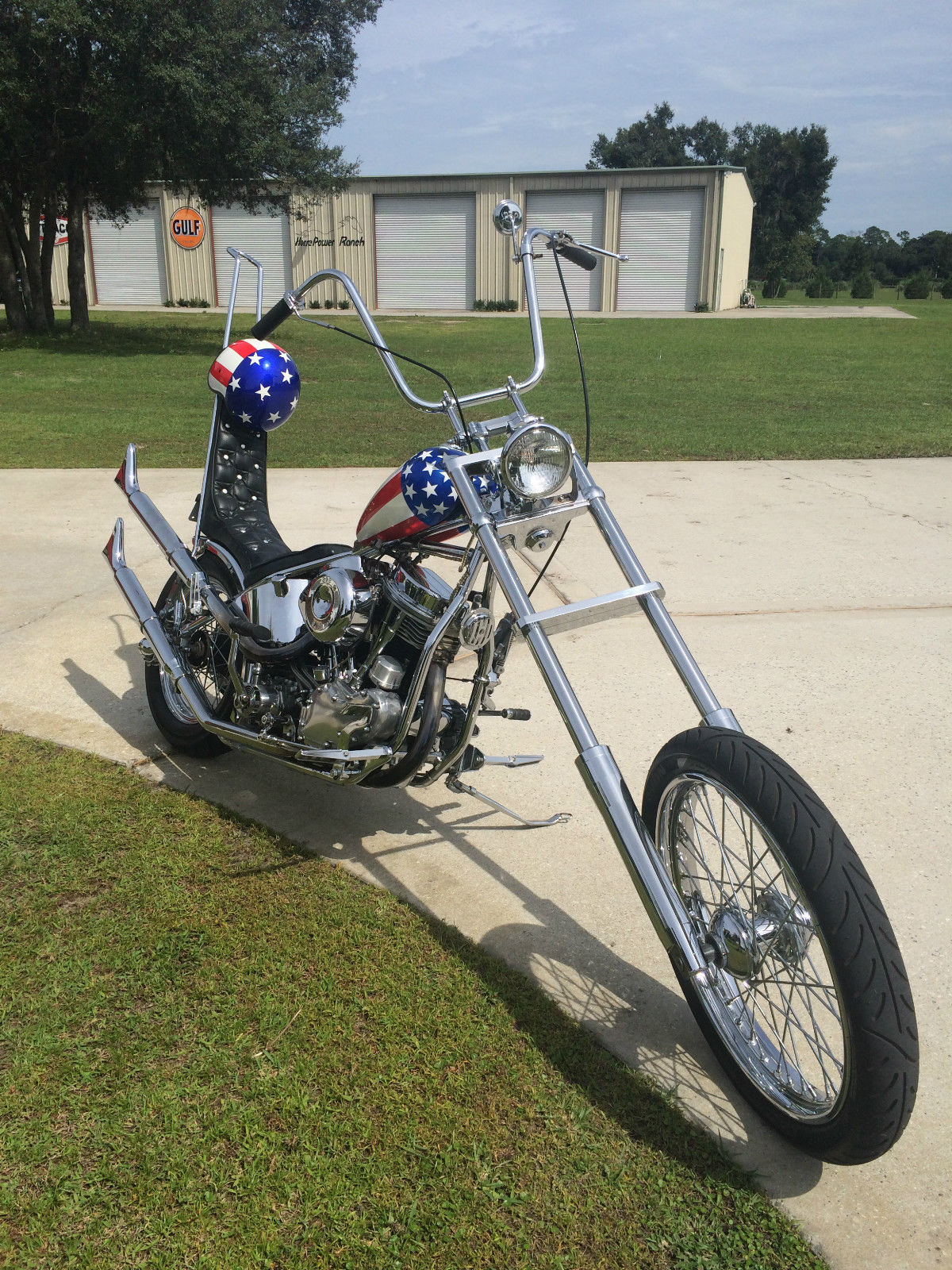

In 2015 Belgian rider Trui Hanoulle, aka #elektrogirl, rode her Zero DS from Belgium to Istanbul and back. It is no surprise, then, that some forward-thinking riders have already been pushing the limits of electric motorcycle travel. One thing that long-distance riding teaches you is that there is always a solution. And as recently as 2003, when I rode my 225cc Yamaha trail bike from Alaska to Argentina, I was dumpster-diving for empty Coke bottles to fill up with petrol for the long, barren leg across Chile’s Atacama desert and the wilds of Patagonia.

As soon as motorcycles were invented, adventurous souls began using them to explore the world, undaunted by the lack of fuel availability, or even roads. In other words, desire is the mother of invention – and motorcyclists, especially those who use their bikes to travel to faraway places, are a resourceful breed. That took some 40 years about as long as it will take to see fast chargers or a bank of swappable batteries on the Trans-Sahara highway.” Unleaded fuel only supposedly became globally universal this year, once Algeria joined the fold.

It will be the same with infrastructure for electric bikes. He sees a comparison with the early motorcycle trailblazers: “Fuel scarcity is an old story but riders have always adapted. For devoted touring and adventure riders, and the European motorcycle industry, there is a genuine fear that the phasing out of the internal combustion engine combined with the reality of limited range and sporadic charging points will sound the death knell for the long-distance ride.Īccording to Chris Scott, author of the Adventure Motorcycling Handbook, all is not lost. It is the lure of the open road, the unfolding of a map and plotting a ride across an entire country, a continent, the world setting off on a whim and going where the road takes you. Small electric motorbikes and scooters designed for short, urban journeys and overnight charging at home already exist, but a motorcyclist’s heart is not quickened by the prospect of an efficient commute. Zero Motorcycles, a US startup regarded as the two-wheeled Tesla, is the market leader, producing a range of street and off-road models, but its prices are around the £12,000-£20,000 mark. Photograph: Columbia/Kobal/REX/Shutterstock
#EASY RIDER BICYCLE MOVIE#
As a form of transport that, at least in the western world, has transitioned from being the everyman’s vehicle to an expensive hobby, this is a serious blow to the motorcycle industry and those who view motorbikes as a solution to our congested streets.ĭennis Hopper and Peter Fonda in the classic road movie Easy Rider. The bad news is that electric motorcycle design is still in its infancy and the few models that do get close to rivalling the large-engined petrol bikes are prohibitively expensive. The good news is that none of the above relies on the burning of fossil fuels. Motorcycling is also, and has always been, about exploration and adventure, autonomy and camaraderie – and, as Peter Fonda vividly described it, freedom and having a good time. The joys of motorcycling are many and varied, extending way beyond the lazy tropes of “petrol heads” and leather-clad biker gangs that have tainted its image since the 1970s.

But it’s not just about the suck, squeeze, bang, blow (hey, that’s the four-stroke cycle). For some riders it is this intimate, sensory relationship with the engine that defines the pleasure of riding a motorcycle.


 0 kommentar(er)
0 kommentar(er)
